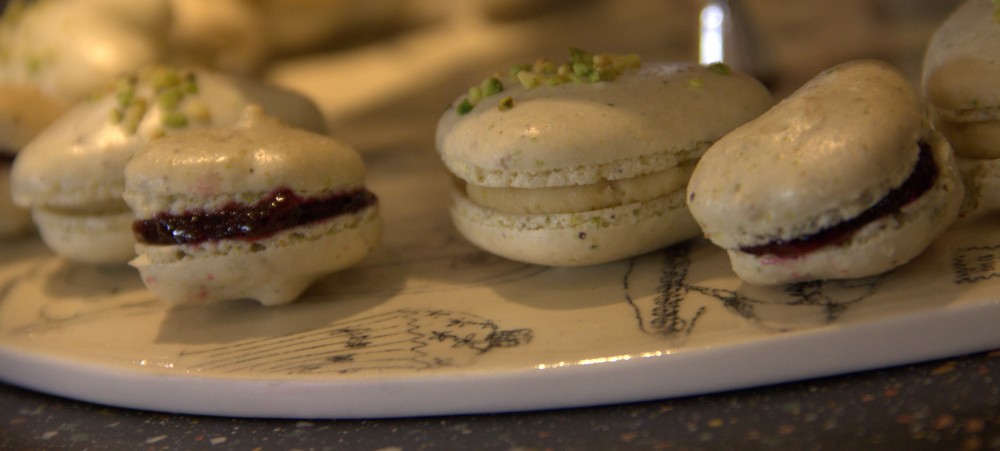It’s summer and the fields and shops are full of fruit like gooseberries, raspberries, strawberries and more. It’s not even difficult to find some these beauties for free: blackberries in hedgerows or cherries in trees. (If you’re going foraging for fruit, make sure to pick away from roads where everything with be covered in a thin layer of fume dust.) There are obviously plenty of things to do with your fruit:
- Jam is an obvious choice. The quantities of sugar required to set a jam depend on the fruit. Jam sugar contains pectin which is found naturally in fruit and helps the jam set, fruits higher in pectin need less jam sugar. Fruits like apples, pears, citrus fruits and plums all contain quite a lot of pectin so will probably need less jam sugar and more normal sugar. You could attempt to reduce the sugar content for a healthier alternative by using things like stevia sugar or simply adding less!
- Crumbles are of course a British classic. Standard recipes use 2:1:1 ratio of Flour:Butter:Sugar, all rubbed together and scattered on top of a pie dish full of fruit. My family’s favourite crumble recipe is actually a Jamie Oliver Spicy Plum Crumble which can of course be used with any fruit. I also like to use the 2:1:1 ratio but use half flour (normally gluten-free in my house) and half oats or ground almonds or even dessicated coconut. This gives added crunch and texture.
- Pies. So simple. Line a pie dish with shortcrust pastry and blind bake to avoid soggy bottoms, fill with fruit and top with another layer of pastry. Or line a tart tin, blind bake, fill and top with strips of pastry to make a lattice. Shortcrust pastry is so easy, try it gluten-free here.
- Fools are a mousse type dessert often made by folding fruit or fruit compote through. A simple fool can be made by whipping together 200g Greek yogurt, 200ml double cream, 2 tbsp icing sugar and a splash of vanilla. This can be folded with any fruit compote you prefer (Mum loves gooseberries) and popped in martini glasses or ramekins to set for a couple of hours. To make a compote simply place your fruit in a saucepan with a sprinkle of sugar and simmer for 15 minutes to bring it together. The amount of sugar is up to your…do it to your taste. You could use agave nectar or honey or date syrup if you prefer to use naturally occurring sugars.
There are obviously plenty of other things to do like Tarte Tatin (another family favourite), or frangipan tarts or even meringue roulades using the fruit in the middle with fresh cream. My mum loves her soft fruit and while attempting to eat Paleo (gluten-free, grain-free and dairy-free) where she can, I now tend to make a pudding by topping stewed fruit with an almond-based sponge mixture. Recipe below, its quick and simple, low in sugar, Paleo and super yummy.
Simply combine these ingredients and mix well, pour on top of fruit such as plums (cooked for 15 mins with star anise, date syrup, cinnamon, nutmeg and ginger) and bake for 45 minutes at 160C.
- 3/4 cup of soya yogurt
- 1/2 sugar
- 2 eggs
- 2 1/2 cups ground almonds
- splash of vanilla
- 2 tbsp maple syrup
Go on, get baking with all of the lovely British fruit out there at the moment!


